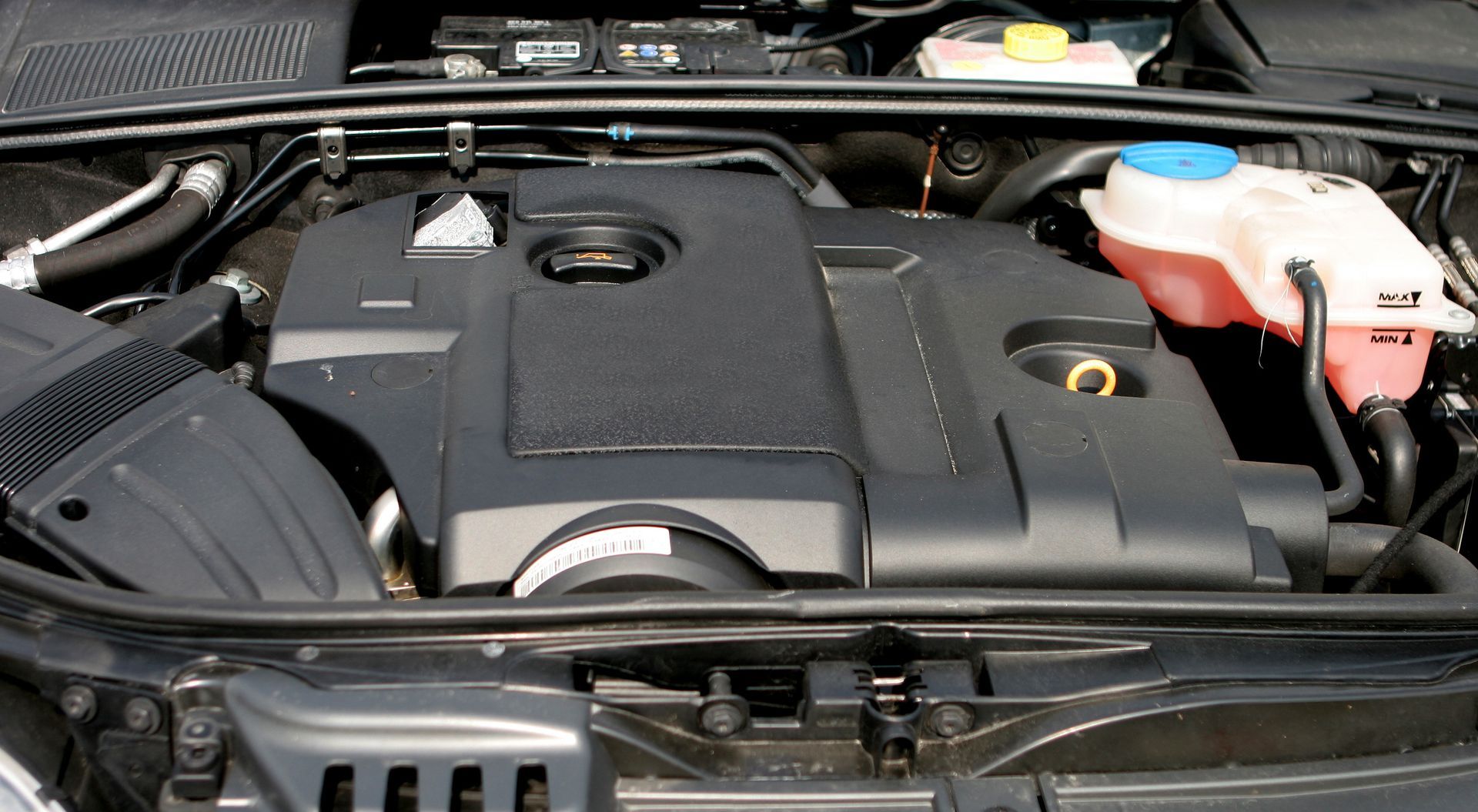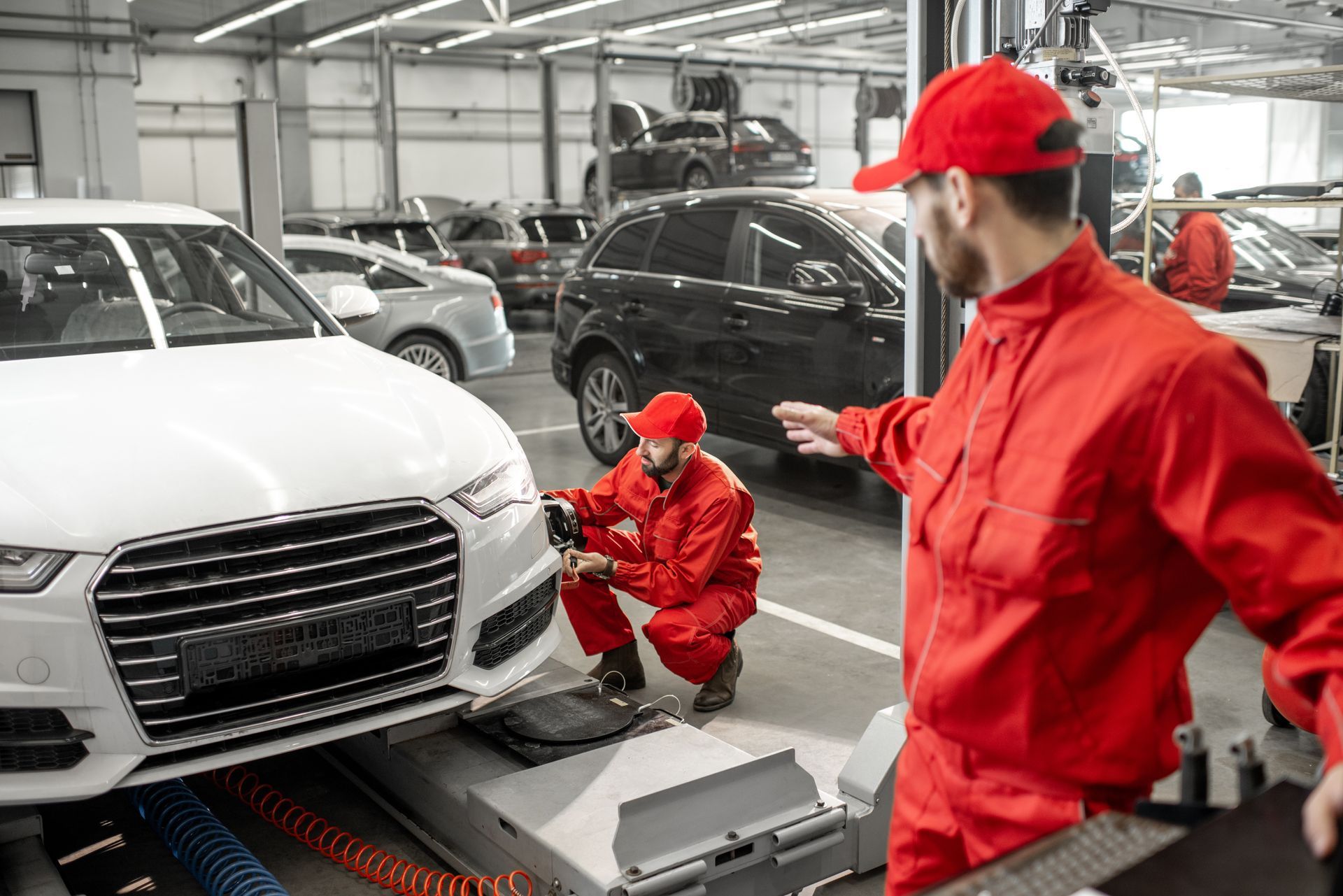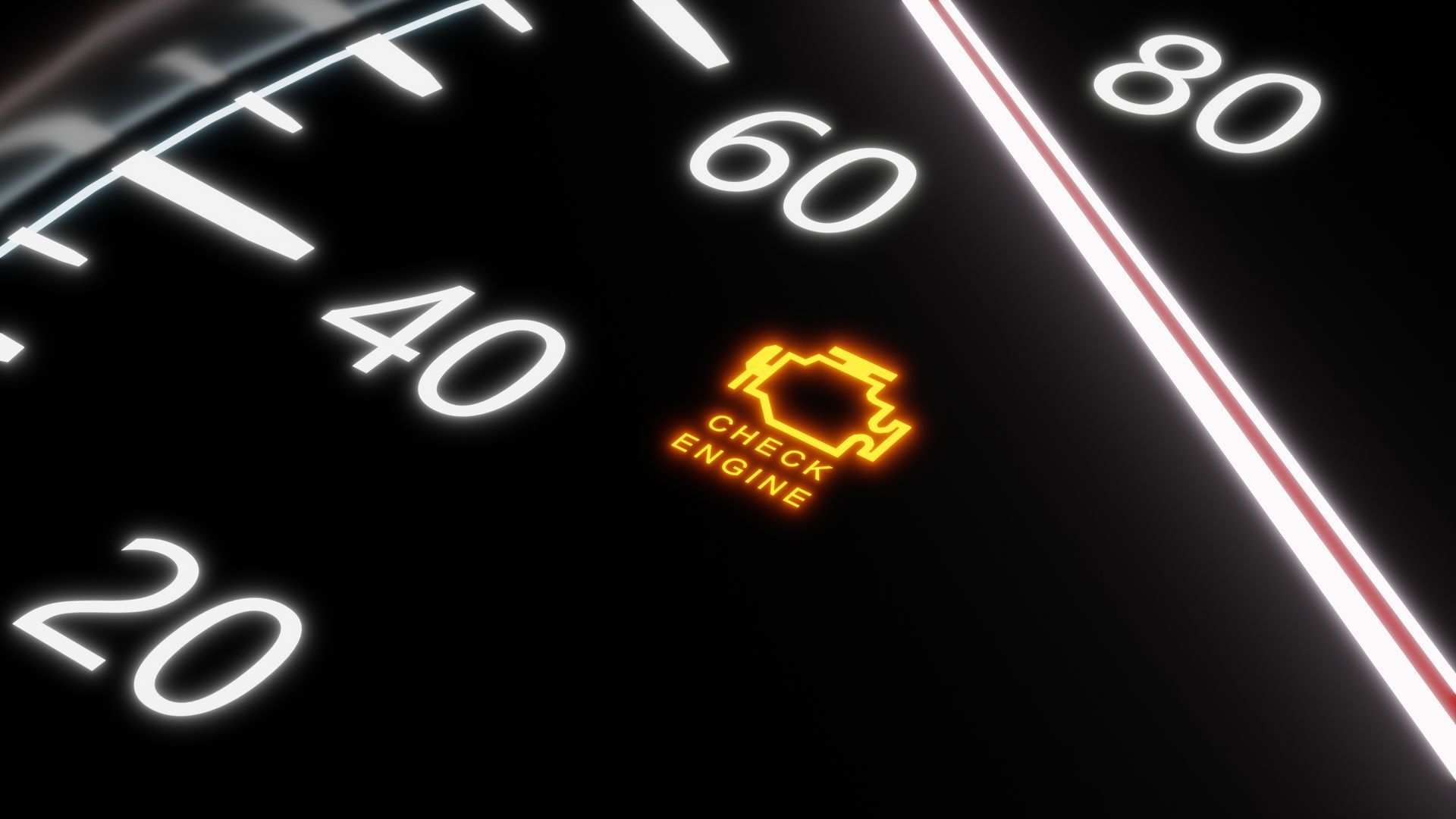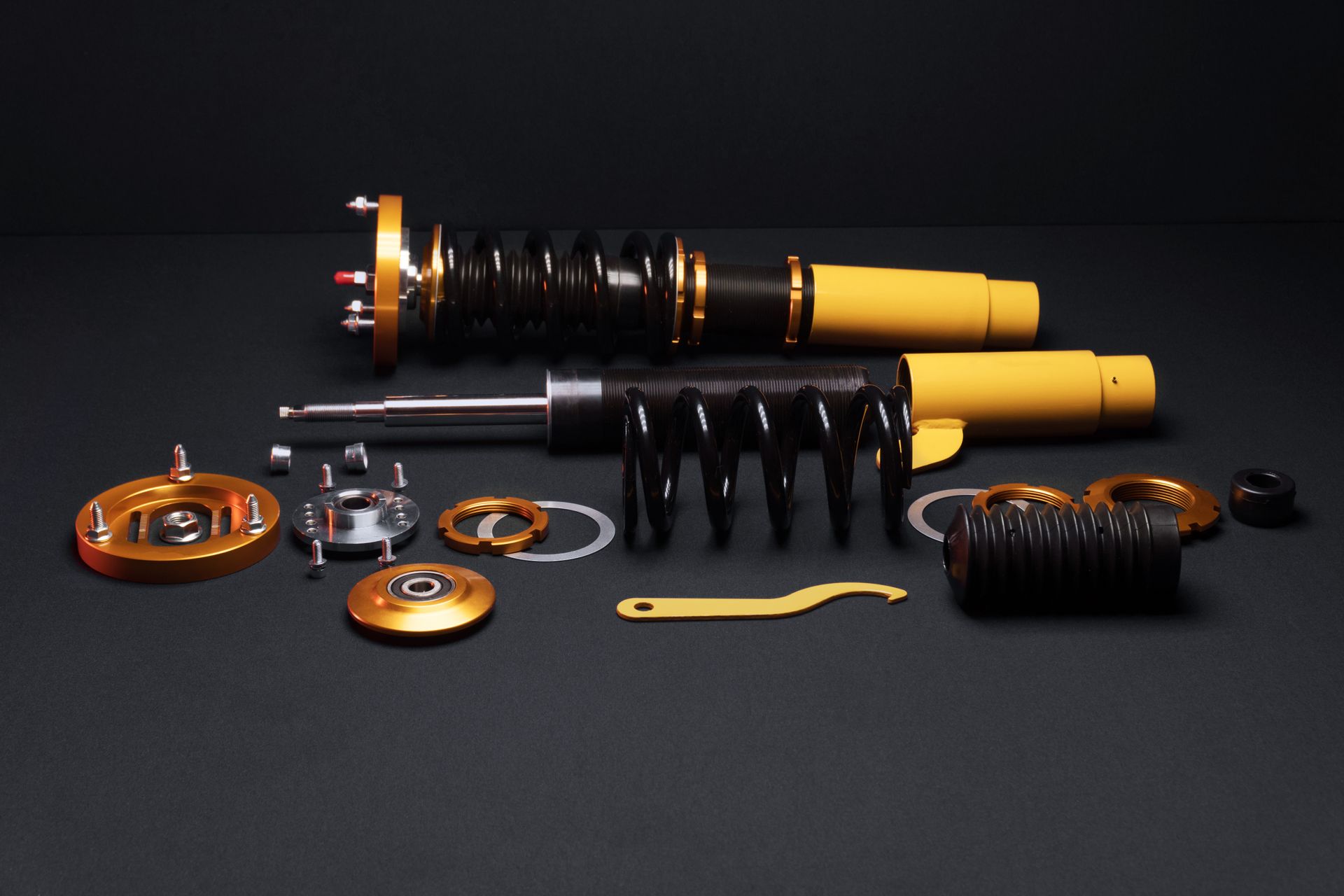Loading ...
Missing business hours data / Error occurred while getting the data.
Loading ...
Missing business hours data / Error occurred while getting the data.
Why Do Most European Luxury Cars Use a Timing Chain Instead of a Timing Belt?
February 28, 2025
If you own or have ever considered purchasing a European luxury car, you may have noticed that most of these vehicles are equipped with a timing chain rather than a timing belt. Brands like BMW, Mercedes-Benz, Audi, and Porsche design their engines with timing chains, while many economy cars still rely on timing belts. But why is this the case?
Timing chains and timing belts perform the same essential function—they synchronize the crankshaft and camshaft to ensure proper engine timing—but they differ in materials, durability, and maintenance requirements. European automakers have made a deliberate choice to use timing chains in their high-end models, and that decision is based on performance, longevity, and engineering philosophy.
Durability and Longevity
One of the main reasons European luxury cars favor timing chains over timing belts is longevity. Timing chains are made of metal links while timing belts are made of reinforced rubber with fiber cords. Because of this difference in materials, timing chains are generally designed to last the entire lifespan of the engine, while timing belts require periodic replacement.
A typical timing belt must be replaced every 60,000 to 100,000 miles, depending on the manufacturer’s recommendations. If a timing belt snaps, it can cause catastrophic engine damage, especially in interference engines, where the pistons and valves can collide. Timing chains, on the other hand, are lubricated by engine oil and are far less likely to break under normal conditions.
European luxury car manufacturers prioritize low-maintenance, long-lasting components, and a timing chain aligns with this philosophy. Owners of high-end vehicles expect reliability and minimal service interruptions, making timing chains a more appealing choice.
Performance and Engine Design
European luxury cars are known for their high-performance engines, many of which feature turbocharging, direct injection, and advanced valve timing systems. These engines operate under higher stress and power output than typical economy cars, meaning they need a strong, reliable timing system.
Timing chains provide better strength and stability than timing belts, especially in engines that experience higher temperatures, increased torque, and more aggressive driving conditions. Since they are housed inside the engine and bathed in oil, timing chains also experience less wear and tear from heat and environmental factors compared to external timing belts.
Timing chains work better with variable valve timing (VVT) systems, a feature commonly found in European performance engines. VVT allows engines to optimize power and fuel efficiency by adjusting valve timing dynamically, and a timing chain provides the precise and consistent performance required for this complex system to function properly.
Lower Long-Term Maintenance Costs
While timing chains are more expensive to manufacture than timing belts, they require less frequent replacement, which reduces maintenance costs over time. Replacing a timing belt is a costly and labor-intensive job, often requiring technicians to remove multiple engine components to access the belt. Many luxury car owners prefer higher upfront reliability over frequent scheduled maintenance, making timing chains a logical choice.
However, timing chains are not completely maintenance-free. Since they rely on engine oil for lubrication, low oil levels or poor oil quality can accelerate wear and cause premature failure. Regular oil changes with high-quality synthetic oil are crucial to extending the life of a timing chain.
Why Don’t All Cars Use Timing Chains
If timing chains are more durable and efficient, why don’t all vehicles use them? The answer mainly comes down to cost and noise reduction. Timing chains are more expensive to manufacture, and their added weight can slightly reduce fuel efficiency in smaller, economy-focused vehicles. Additionally, older timing chain designs were noisier than belts, although modern advancements have minimized this issue.
Most vehicles use timing belts because they are cheaper to produce, quieter in operation, and easier to replace. However, as automotive technology advances, more manufacturers are transitioning to timing chains to improve engine reliability and longevity.
Is a Timing Chain Maintenance-Free
While timing chains are designed to last a long time, they can still stretch, wear out, or fail if not properly maintained. Some common signs of a failing timing chain include:
- Rattling or ticking noises from the engine
- Check engine light due to timing issues
- Loss of power or misfiring
- Metal shavings in the engine oil
If you own a European car and notice these symptoms, inspecting your timing chain to prevent severe engine damage is essential.
If you’re in Marietta, GA, and want to ensure your vehicle’s timing chain is in top condition, regular maintenance and oil changes at a trusted auto shop can help prevent costly repairs and extend engine life.
Concerned about your timing chain? Visit
Malones Automotive Service in Marietta, GA, for
expert inspections and maintenance to keep your European luxury car running smoothly. Call today!
Quick Links
Location
Hours Of Operation
Loading ...
Missing business hours data / Error occurred while getting the data.
Having Trouble Finding Us?
Loading ...
Missing nap lines data / Error occured while getting the data.





